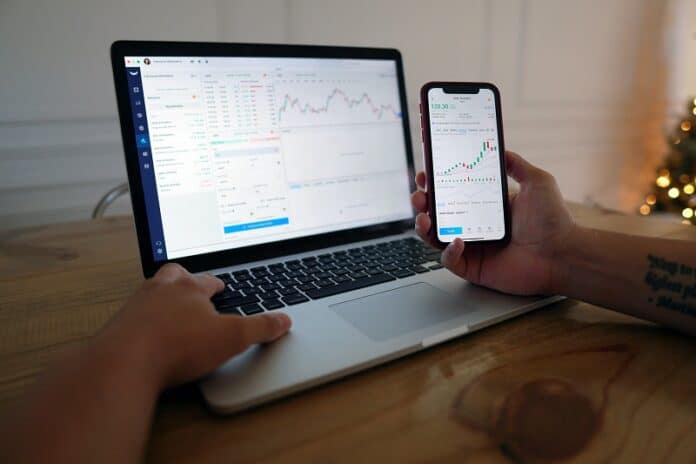The global forex market has continued to grow incrementally through the digital age, with daily trading volumes increasing from $5.1 trillion in 2016 to $6.6 trillion just three years later.
With the market now boasting a total value of more than $2.409 quadrillion, there’s no doubt that the FX market has continued to evolve and grow in popularity among inexperienced, novice and even part-time retail traders.
In this post, we’ll chart the evolution of forex trading, while taking a look at what the future holds for this marketplace.
Where Did Forex Trading Begin?
In truth, rudimentary forex trading began during the time of the Babylonians, where simple goods were used as means of exchange and bartering. When the metal age began, of course, gold and silver became the prominent tools of the transaction, but the basic principles that underpin the contemporary forex market remain unchanged.
As fiat currencies evolved, the so-called ‘Gold’ system emerged, where currencies were pegged to the value of gold. However, this changed in the wake of the Second World War, when global currencies became increasingly volatile and world leaders were designed to bring stability to the marketplace.
This led to the formation of the Bretton Woods agreement, which sought to regulate the global currency market by providing fixed and stable rates of exchange. This saw the US dollar established as the world’s primary reserve currency, while the greenback remained pegged to the value of gold.
This agreement remained viable until the 1970s, at which point the Federal Reserve stopped backing the dollar with gold traders could no longer exchange the USD for gold. With supply and demand now the key drivers of the FX market, the sector began to take off while free-floating exchange rates were used to determine value.
Forex Trading in the Digital Age
With demand continuing to grow and more diverse than ever before, the forex market has had to evolve in terms of determining exchange rates and enabling accessibility on a global scale.
When it comes to the latter, technology has undoubtedly had the biggest influence, as forex trading has transitioned online and brokers have become exclusively virtual by nature.
Of course, the gradual but sustained transition to virtual trading has also opened to door to mobile usage, with smartphone apps and platforms now widely available in the regulated marketplace.
This has helped to meet changing and growing levels of demand, while encouraging younger retail traders from across the globe to turn to forex as a way of optimising their incomes during the digital age.
The Last Word – Appraising the Future of Forex Trading
The increasingly digitised nature of FX trading has arguably changed the market beyond all recognition while continuing to create new and exciting opportunities for retail traders to become profitable.
For example, investors are now able to optimise their profits through copy trading, which enables them to observe the strategies and behaviours deployed by successful FX traders online. They can then replicate these as part of their own trading strategy, leveraging proven methods of generating returns in the process.
Of course, the fact remains that approximately 70% of all forex traders continue to lose money, so in the future, we expect to see technology play an increasingly influential role in reversing this trend.
In particular, artificial intelligence (AI) and principles like machine learning will prove key, as they are able to draw data from vast and unstructured sources (such as social media) to deliver increasingly accurate predictive analytics.
These can be used to inform your trades more successfully over time, further levelling the playing field between aspiring and established FX traders in the process.





